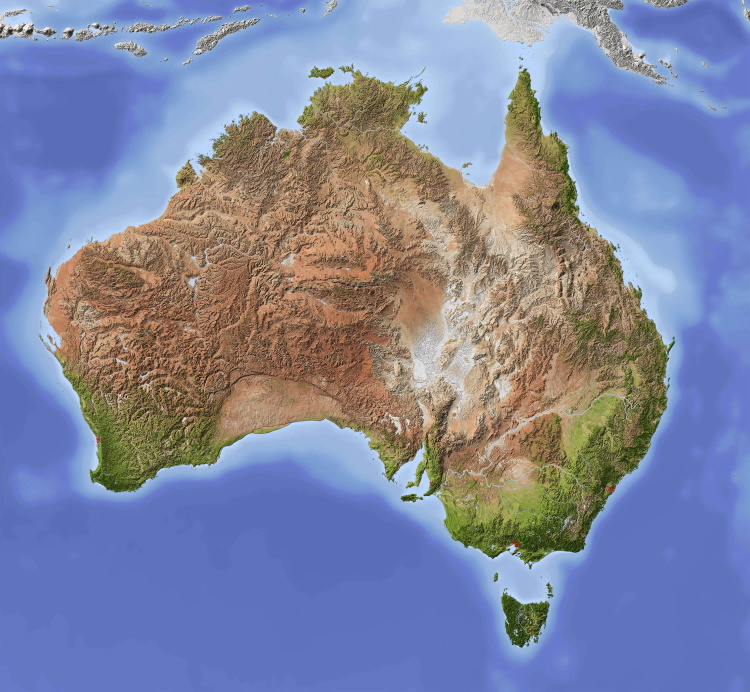These words appear on almost all food labels these days, but they are kind of meaningless. Take something like those flavoured waters, “ingredients: water, flavour”. They taste amazing, there’s definitely a bunch of ‘stuff’ in there, but they don’t tell us what it is on the label?
I thought we used to have number codes for additives and what-not that they had to disclose so we knew what was in it. Did the food labelling laws change somehow? Or are these new additives something different which can just hide behind the word ‘flavour’? Genuinely curious if anyone has some idea, there doesn’t seem to be any explanations on the food standards website…


So, in the US, there are two categories of flavorings. There is “natural” and “artificial” and the ancient war between them is quite a story.
All this started when people started to learn about what made things taste and smell like other things. All of this made growers of difficult foods very nervous. Why buy these strawberries that are weather sensitive and expensive to harvest when you can just synthesize the chemicals that make things taste like strawberry! So the lobbyists weighed in.
The compromise was that foods flavored with actual plant or animal compounds were called “natural” while those that just used the chemicals would be called “artificial.” This led to some interesting issues. Some natural flavors are actually dangerous to use. Apple seeds have heavy metals in them. It’s tough to make sure when processing apples that you don’t crush the seeds, or you might end up with arsenic (I think?) in your output, and at industrial scale you’d be concentrating it. So you have some flavors that are very expensive and hard to get safely, that it’s easier to get with a safe chemical synthesis.
In short, there’s not and functional difference between natural and artificial flavors. They’re largely identical except in how they’ve been acquired to added to your food. And as a bonus, “natural” was chosen intentionally as the name to cause a panic when looking at labeling because “good heavens what is artificial flavoring! I can’t feed that to my child! It must be unnatural and dangerous!” Generally, artificial flavors are no more toxic or dangerous than the source food item itself. There could be issues in synthesis, like formaldehyde sneaking in if it’s not controlled carefully, but in general the only difference is how they got what they’re flavoring the food with.
Thanks. I guess I’m still curious. One would think there is more nutrition from consuming, say, a peach extract made from grown peaches, over an artificial representation of one though, surely?